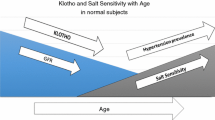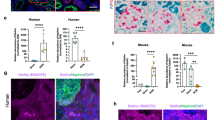Abstract
Klotho protein is a novel β-glucosidase-like protein produced predominantly in the kidney. The klotho mouse, which genetically lacks klotho gene expression, manifests various systemic phenotypes resembling aging. In the present study we succeeded in isolating a novel human protein structurally related to klotho protein. The protein possesses one β-glucosidase-like domain and is 42% identical with klotho protein at the amino acid level. Unlike klotho protein, it possesses neither a signal sequence nor a transmembrane domain, suggesting that it is a cytosolic protein, and thus was termed cytosolic β-glucosidase-like protein-1 (cBGL1). By Northern blot analysis cBGL1 mRNA was expressed most abundantly in the liver, followed by the small intestine, colon, spleen, and kidney. When klotho and cBGL1 gene expression was examined in renal cell carcinoma tissues, both klotho and cBGL1 mRNA levels in tumors were lower than those in nontumor regions, suggesting that renal epithelial cells may lose klotho and cBGL1 gene expression during the course of malignant transformation. In conclusion, we describe the primary structure and gene expression of a novel protein related to klotho protein.
Similar content being viewed by others
Author information
Authors and Affiliations
Additional information
Electronic Publication
Rights and permissions
About this article
Cite this article
Yahata, K., Mori, K., Arai, H. et al. Molecular cloning and expression of a novel klotho-related protein. J Mol Med 78, 389–394 (2000). https://doi.org/10.1007/s001090000131
Received:
Accepted:
Published:
Issue Date:
DOI: https://doi.org/10.1007/s001090000131




